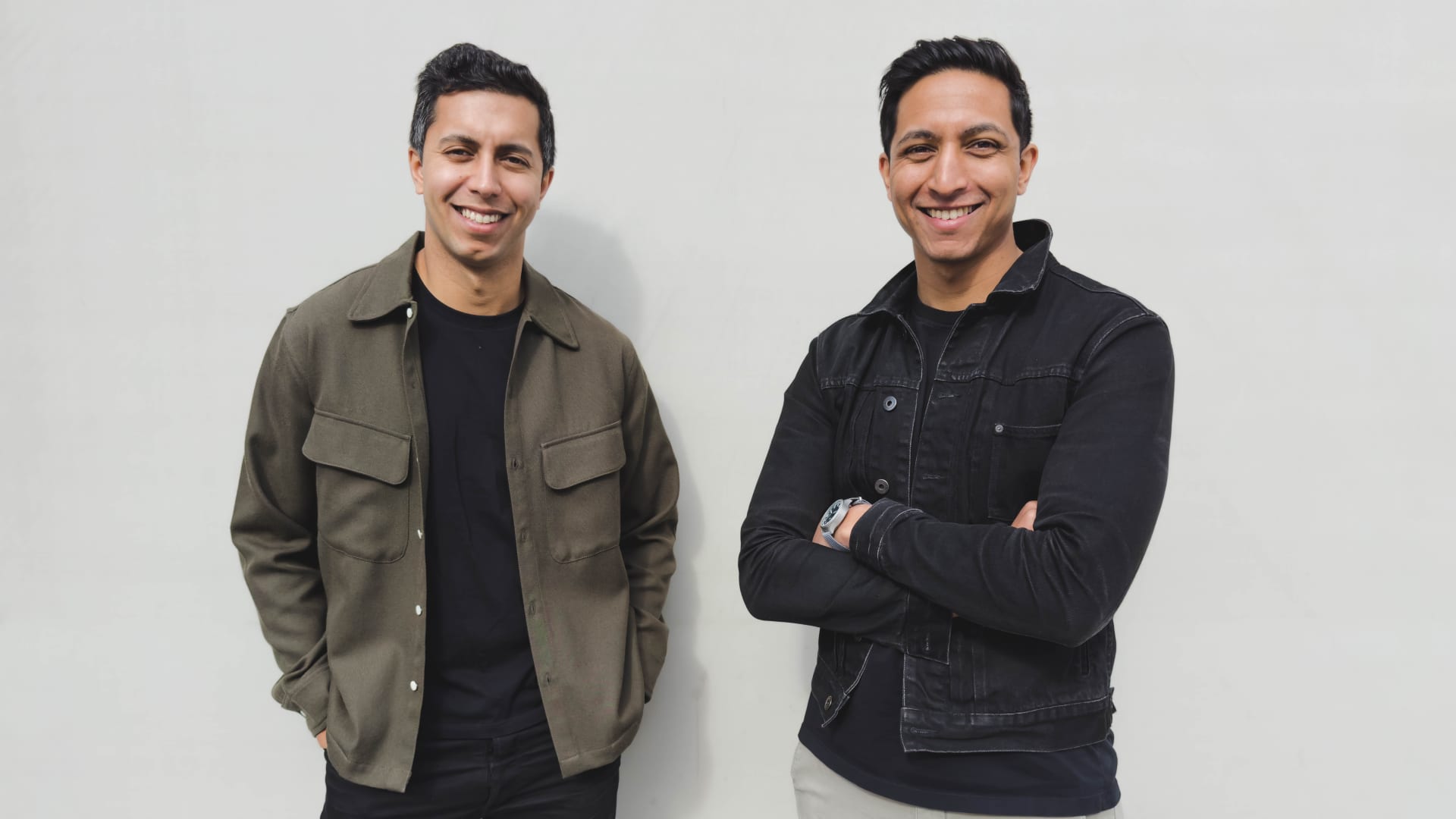A pair of brothers is aiming to challenge the way spacecraft are built, by going against the industry trend and designing massive satellites in a bet that towering rockets such as SpaceX’s Starship are the way forward.
Los Angeles-based startup K2 Space, co-founded by CEO Karan Kunjur and CTO Neel Kunjur, is setting out to build satellite buses — the physical structure of a spacecraft that provides power, movement and more.
While manufacturers have recently pushed to optimize spacecraft by designing as light and compact as possible, with small satellites in the range of tens to hundreds of kilograms, K2 is going the other way and designing systems that would be on par with some of the largest spacecraft ever built.
“The only path to go cheaper over the last decade was to go smaller. What we’re finding is that, with the new launch capabilities of vehicles like Starship, there’s actually an interesting opportunity to go the opposite direction,” Karan Kunjur told CNBC.
The cost per kilogram to deliver spacecraft to orbit has also come down, thanks to increased competition in the rocket launch market the past few years. And K2 sees opportunity beyond just Starship, from rockets in the “heavy” and “super heavy” classes, such as SpaceX’s Falcon 9 or Falcon Heavy, to those in development like United Launch Alliance’s Vulcan, Blue Origin’s New Glenn, or Relativity’s Terran R.
“We’re really building this thing to be launch vehicle agnostic, planning for a world where there are going to be multiple launch providers,” Karan Kunjur said.
K2 Space, a play on the brothers’ surname and a nod to astronomer Nikolai Kardashev’s scales of civilization, marks Karan and Neel’s first venture together and fuses their previously divergent careers. The former spent 10 years at Boston Consulting Group engaged in company turnarounds and acquisitions, before becoming a vice president at artificial intelligence startup Text IQ before it was acquired in 2021. The latter cut his teeth at SpaceX, where he spent about six years developing systems for its Dragon spacecraft, which now fly cargo and crew to the International Space Station. Then he went to electric aircraft company Kittyhawk for a couple of years before realizing that he wanted to return to the space business.
“Our goal is to follow similar engineering principles that we followed at SpaceX but apply them at a different scale that really hasn’t been explored before in the industry,” Neel Kunjur said.
Since its incorporation in June, K2 has raised $8.5 million in a seed round led by First Round Capital and Republic Capital, and joined by Countdown Capital, Boost VC, Also Capital, Side Door Ventures, Earthrise Ventures, Spacecadet VC and Pathbreaker Ventures. Its backers have invested in a variety of space companies previously, such as First Round’s early backing of now public satellite company Planet.
The brothers have hired seven people so far to join them — bringing on talent with prior experience at SpaceX, Maxar, Arianespace, Blue Origin and more — and are in negotiations to secure a 15,000-square-foot factory in the Torrance, California, area.
K2 has also built an enviable roster of advisors, such as former NASA deputy administrator Lori Garver, former SpaceX director of the Commercial Crew and Cargo program Abhi Tripathi, former SES chief technology officer Martin Halliwell, and Lee Rosen, former U.S. Air Force space launch group commander and SpaceX vice president of mission and launch operations.
For K2, the company is targeting prices that would be unheard of for satellite buses of these sizes. So far it’s planning to build the K2 Mega, a class for up to one ton of payload mass at $15 million each, and the K2 Giga, a class for up to 15 tons of payload at $30 million each. They believe they can achieve those price points by developing new systems such as power, attitude control, thermal control and more.
“Our spacecraft are very, very different than any of the large or small satellites that exist today. We have to go relook at the components and do a lot of in-house development to design new technologies to trade mass and cost in a new way,” Neel Kunjur said.
K2 has so far received a pair of small development awards from the government and said potential customers for commercial, science, and defense applications have signed early agreements.
“We envision a future where we’re the platform that allows them to relax those constraints and be able to build the payloads that they’ve always wanted to that sit on top of this platform,” Karan Kunjur said.
The company plans to launch its first Mega class spacecraft in 2024, before going for a first flight with customers in 2025.
“Knowing firsthand from SpaceX the importance of iteration, we want to improve our learning cycles so that we can get to space, learn from those components, see how they operate in the space environment, and tweak those designs in anticipation of our full launch in 2025,” Neel Kunjur said.
“If we get this right there’s a potential for a step change in how we operate in space,” Karan Kunjur added.
